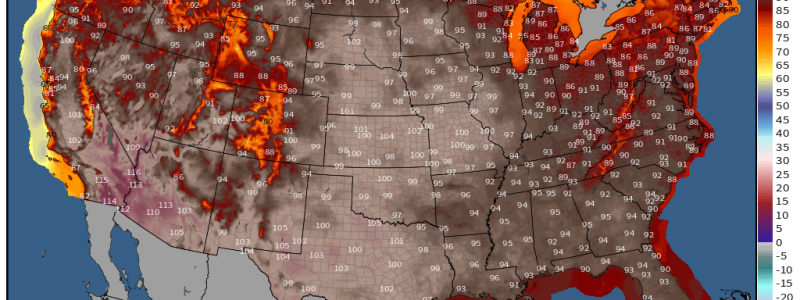
Another Scorcher Ahead
If you’re a regular reader of our blogs, you know that both Armando and I have been talking about the heat in the Southwest US often – and for a good reason, too.
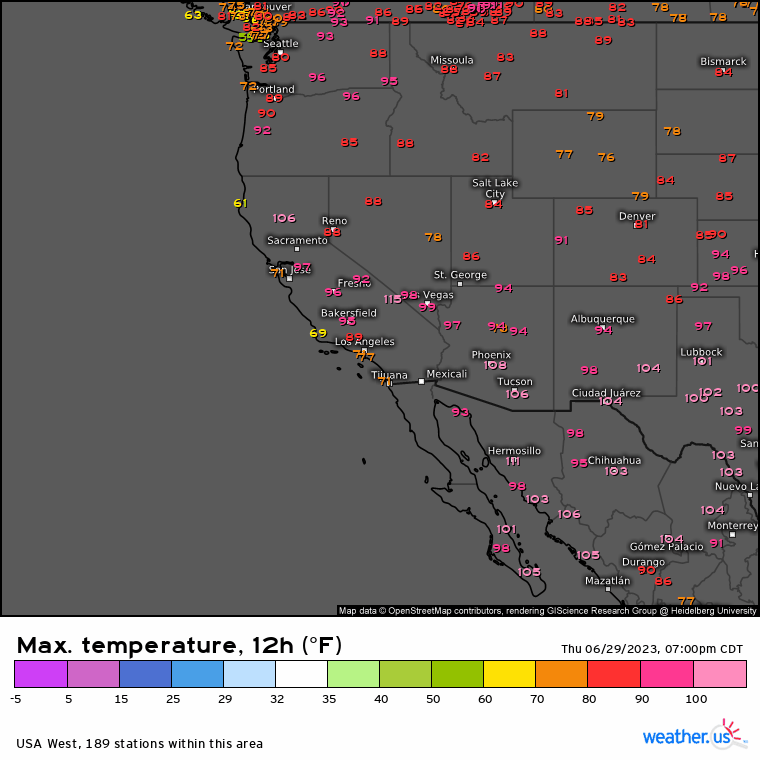
Looking back on about a month’s worth of max temperature data, we see the stunning persistence of this heat. Daytime highs well into the triple digits while nighttime lows struggle/fail to fall below 90 degrees.
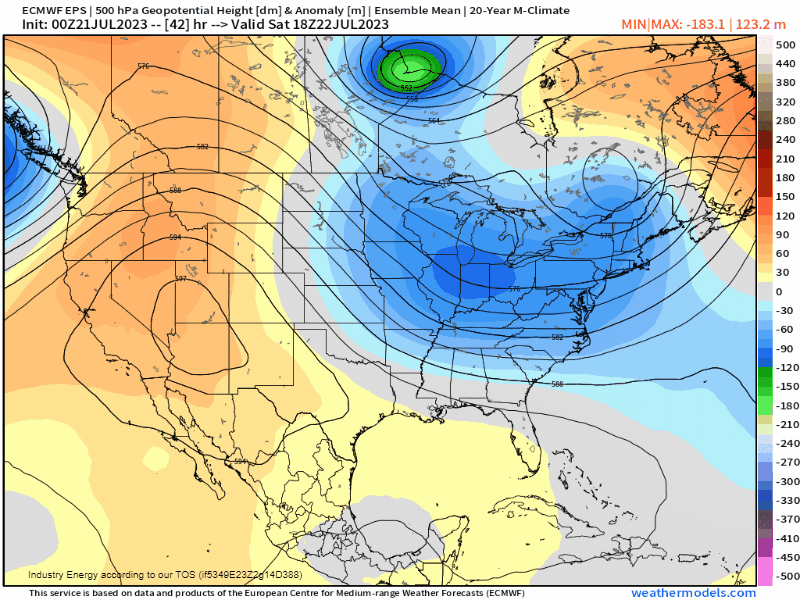
Unfortunately for the heat-weary people of this region, it’s a pattern that does not look to change any time soon. In fact, the heat will spread eastward as this stubborn ridge begins to expand early next week.
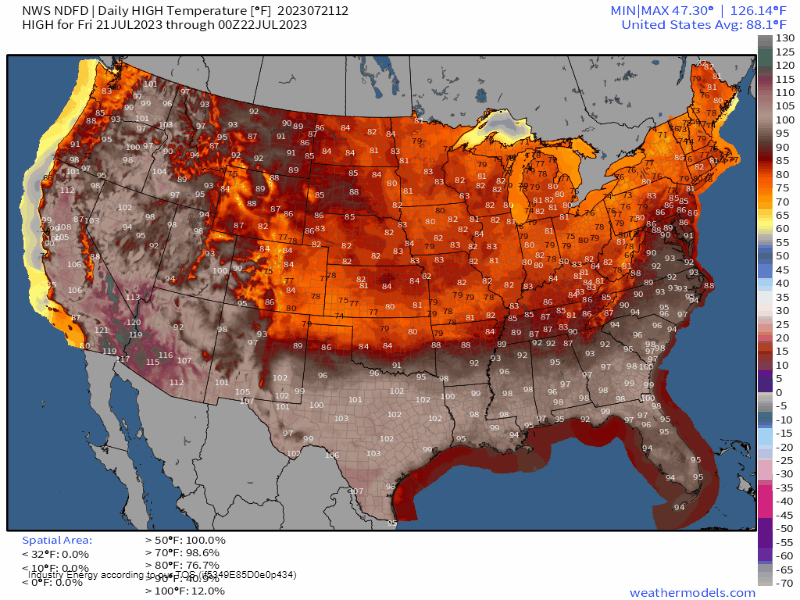
While the actual air temperature numbers look more impressive in the Southwest (due to the fact that drier air allows for more heating), we will need to consider the humidity east of the Rockies.
As dew points in this region climb into the upper 70s/near 80s, the heat index easily registers well into the triple digits. And thus, temperatures that are “only” near 100 quickly become extremely dangerous.
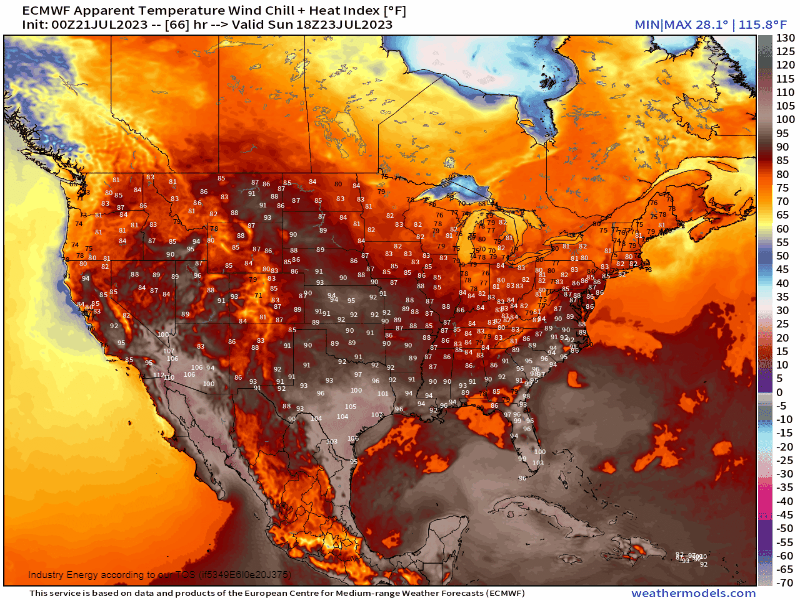
This is easily seen with the Heat Index parameter for the ECMWF model. This parameter combines temperature and humidity to produce a “feels like” value. Simply put: temperatures will remain incredibly hot over the Southwestern US, but dangerous heat will spread eastward next week as well.
While much of the Eastern US will enjoy a brief reprieve from the heat this weekend following the passage of a cold front, it will not last as temperatures begin to climb once again early in the week. Now is a good time to start thinking ahead and making sure you’re prepared to get through the heat.
Some heat safety tips to consider:
- Reduce or reschedule outdoor activities to avoid exposure to sun and excessive heat.
- Wear lightweight, loose-fitting, light-colored clothing.
- Stay hydrated. Drink water even if you don’t feel thirsty.
- Stay cool as best you can.
- Use air conditioning if available.
- Keep your shades closed during the day to reduce how much your home heats up.
- Take cool showers or baths if needed.
- Check on your friends, family, and neighbors – especially if they are older or ill. Make sure they are staying cool and offer help if needed.
These and other tips can be found via the National Weather Service.
We’ll keep you updated on the progression of the heat as we enter into next week!











